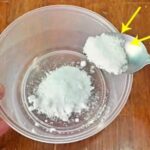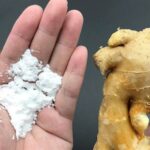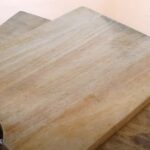According to Zach Pozniak, a New York-based laundry business owner and author of several books on laundry, his research indicates that hot water can cause shrinkage, color fading, and damage to clothes faster. He emphasizes that, for most fabrics, modern detergents do not require the use of hot water.

Benefits of Washing Clothes with Cold Water
Washing clothes with cold water is not only effective but also offers more advantages compared to using hot water. Cold water is gentler on fabric fibers and dyes, helping to prevent certain stains from setting into the clothing. Unless your garments are heavily soiled with grease or bacteria, most laundry is not overly dirty and does not require high temperatures.
Another benefit of cold water washing is the cost savings on utilities. According to data from the American Cleaning Institute, about 90% of the energy consumed in the washing process comes from heating the water. To achieve the best results when washing with cold water, use a high-quality detergent designed specifically for cold water and containing enzymes.
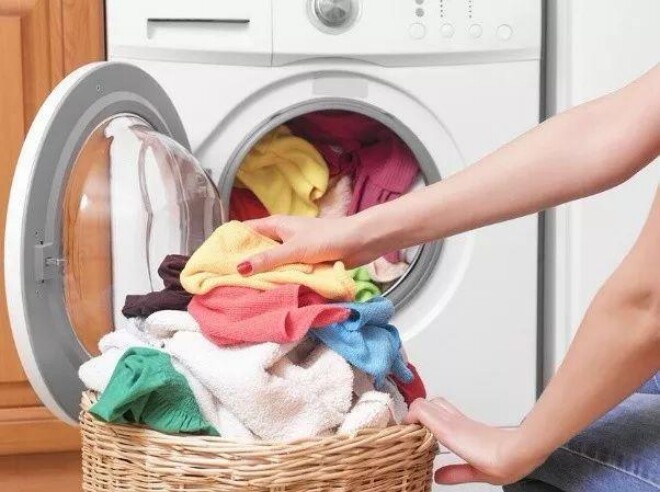
When to Use Hot Water for Laundry
According to experts, using hot water in laundry can be more effective in certain situations. Specifically, when disinfecting clothes, rewashing heavily soiled items, or removing mold and mildew, hot water is the optimal choice. “We recommend using hot water in these situations,” says Pozniak.
Particularly, garments contaminated with blood or bodily fluids, such as surgical gowns, bed linens, towels, and cloth diapers, underwear, etc., should be washed with hot water to kill bacteria. However, to effectively remove stains, first, rinse and soak the items in cold water before washing them with hot water.
For stubborn stains like grease, using hot water during the wash will enhance the cleaning power. Additionally, when dealing with clothes infested with lice or fleas, washing with hot water is necessary to eradicate these insects.
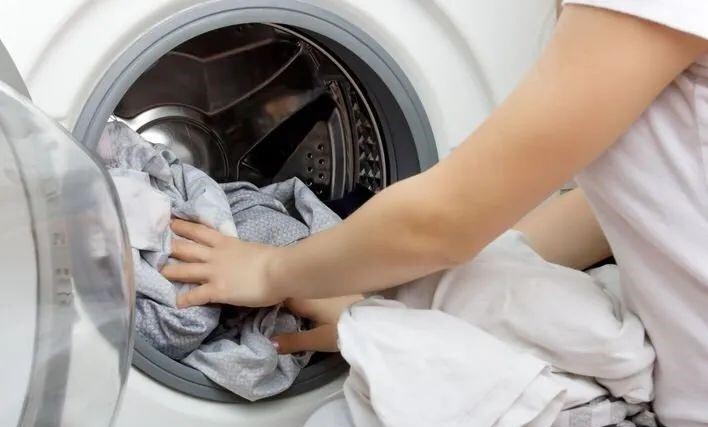
How to Achieve the Best Results with Cold Water Washing
To optimize the effectiveness of cold water washing, first, use a detergent containing enzymes or a high-quality detergent designed for cold water to treat stains. After treating the stains, let the clothes sit for at least 10 minutes before putting them in the washing machine. This allows the enzymes to work, breaking down the bonds between the stain and the fabric fibers.
Additionally, it is recommended to use liquid detergent instead of detergent pods or powder, as the latter may not dissolve completely in cold water, especially during winter. If your clothes are heavily soiled or muddy, select a longer wash cycle to ensure thorough cleaning.

























